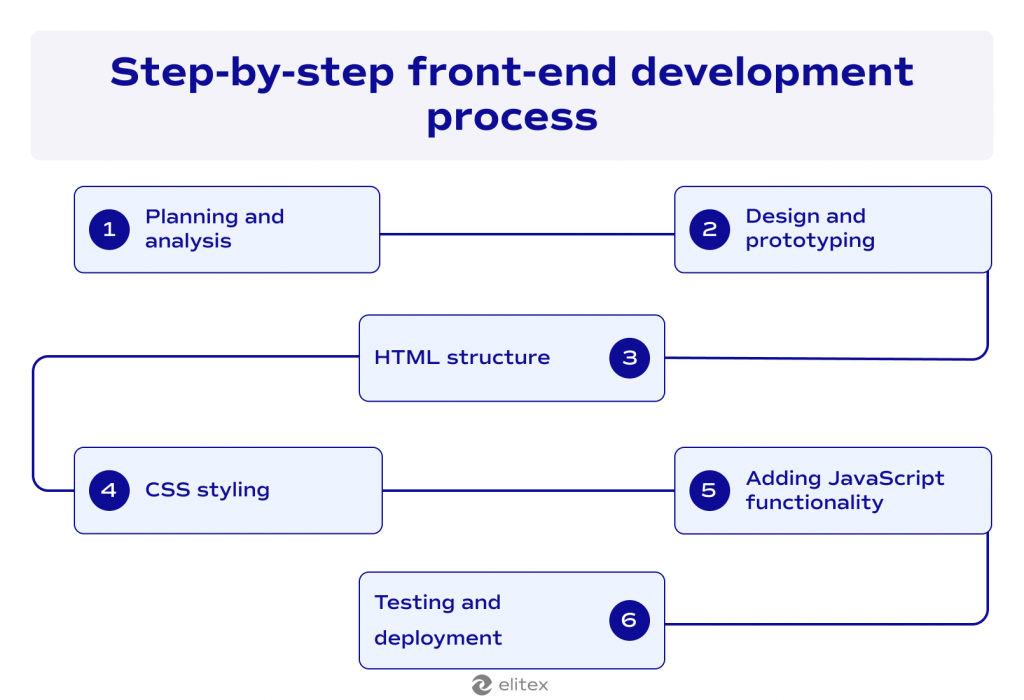Rise by Six: Your Daily Dose of Inspiration
Explore insights and stories that elevate your day.
When CSS Goes Rogue: Surviving the Wild World of Front-End Development
Unlock the secrets to mastering front-end development! Discover how to tame rogue CSS and boost your web design skills.
Mastering the Cascade: Understanding CSS Specificity and Inheritance
Mastering the cascade in CSS involves a deep understanding of specificity and inheritance. Specificity determines which styles apply when multiple rules target the same element. It can be calculated by assessing the number of different types of selectors: inline styles have the highest specificity, followed by IDs, classes, and finally, element selectors. For example, consider the following:
- Inline styles (e.g.,
style="color:red;") - ID selectors (e.g.,
#header) - Class selectors (e.g.,
.highlight) - Element selectors (e.g.,
p)
Understanding this hierarchy will enable you to predict which style will take precedence.
In addition to specificity, inheritance plays a crucial role in CSS. By default, certain properties, such as color and font-family, are inherited from parent elements to their children, creating a cascading effect. This means that if a parent element has a specific style, the child elements will often take on that style unless otherwise specified. To illustrate:
When you set
color: blue;on adiv, allptags inside thatdivwill also inherit thebluecolor unless you define a different color for theptags.
Mastering these concepts will empower you to create more efficient, manageable, and predictable styles in your web projects.

Debugging CSS: Common Pitfalls and How to Avoid Them
Debugging CSS can be a daunting task, especially for those who are new to web development. One common pitfall is not properly understanding the cascade and specificity rules. This can lead to unexpected styles being applied, where a seemingly higher specificity rule is overridden by a lower one due to its placement in the stylesheet. To avoid this issue, always organize your CSS selectors in a logical way, prioritizing specificity and utilizing comments to effectively communicate the purpose of each section of your styles.
Another frequent challenge is forgetting to use developer tools effectively. Many developers overlook the capabilities of tools like Chrome DevTools or Firefox Inspector, which can help identify the source of styling issues. By right-clicking on an element and selecting 'Inspect', you can quickly view applied styles, computed properties, and even trace back to the source of problematic rules. Make it a habit to leverage these tools to pinpoint and resolve CSS bugs more efficiently, reducing frustration and saving valuable time.
Responsive Design on a Budget: Tips for Getting CSS to Play Nice
Responsive design is essential for creating a user-friendly website, but it doesn't have to break the bank. Start by employing a mobile-first approach; this means designing for smaller screens first and progressively enhancing the layout for larger devices. Use CSS media queries strategically to tailor your styles for different screen sizes. By prioritizing elements based on screen real estate, you can make smarter decisions about which features are necessary for mobile users, ensuring a seamless experience without unnecessary costs.
To optimize your budget while implementing responsive design, consider using CSS frameworks like Bootstrap or Foundation. These frameworks offer pre-built components and a grid system that can help you achieve a responsive layout with minimal custom coding. Additionally, always remember to test your designs across various devices and browsers using tools like BrowserStack or responsive design testing tools. Regular testing not only ensures compatibility but also saves you from costly revisions down the line.